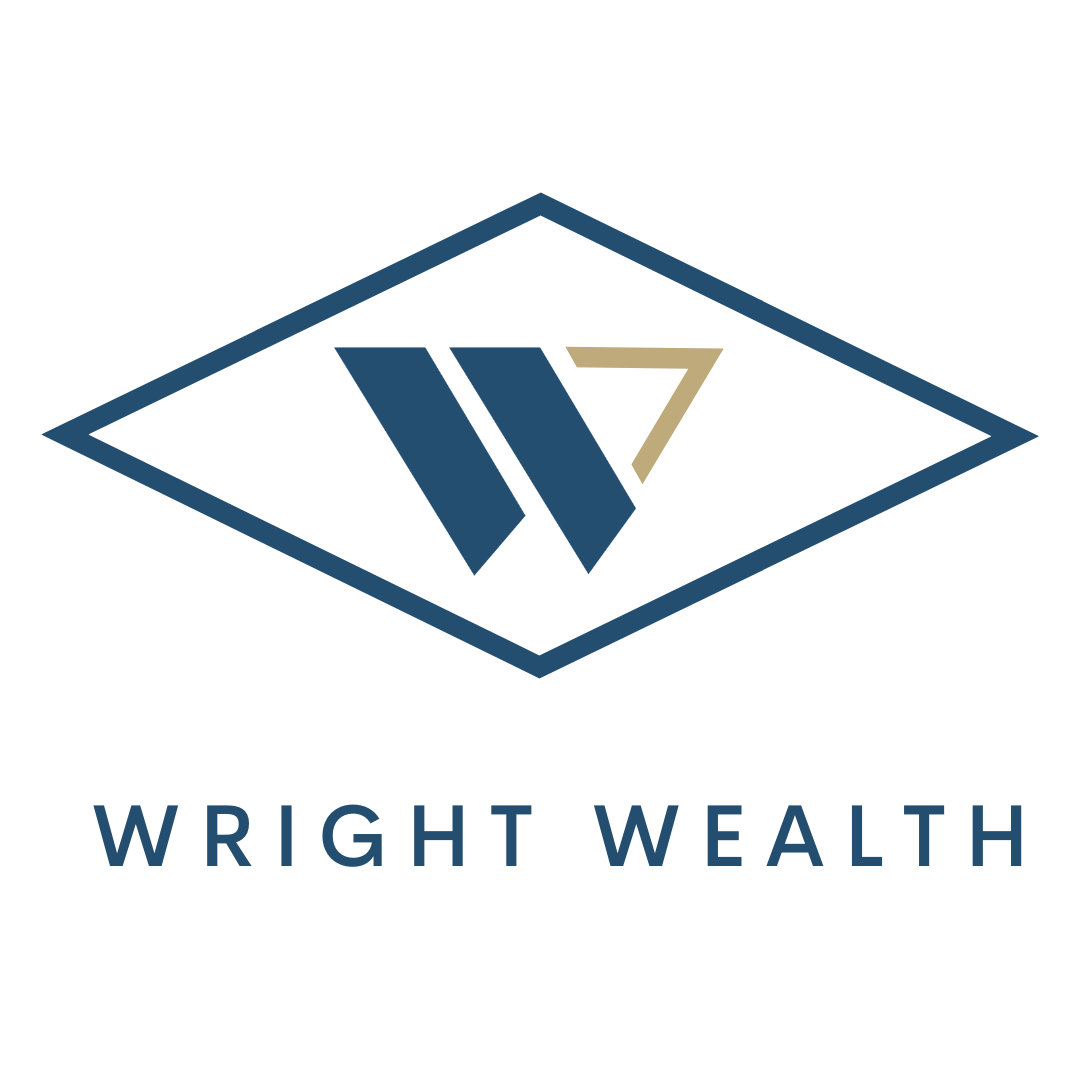U.S. Economy Grinds Through Tighter Fed Policy…For Now
Economic data shows the U.S. economy continues to grind along. The labor market is adding jobs at a solid pace as labor demand remains robust, and wage growth is strong as employers battle to hire new employees and struggle to keep their current ones. Retail sales and personal consumption expenditures indicate consumers are still spending despite 40-year high inflation readings and sentiment sitting near a record low. Industrial production growth remains positive, and core capital goods orders show business demand is surprisingly resilient.
There are two relevant points to keep in mind when thinking about the risk of a slowdown.
First, Fed policy historically acts with a lag. Interest rates don’t factor into individuals’ everyday lives, which means it takes time for the effect of higher interest rates to reach the consumer. Historical data indicates the economy starts to show the effects of tightening 9-12 months after the first rate hike (i.e., Dec. 2022 - March 2023). Second, macro cycles and narratives take time to unfold. As an example, corporate layoffs and other cost- cutting measures are starting to show up in the headlines. Near-term, those individuals can live off savings and find new jobs in a hot labor market. At some point in the future, savings run dry and the number of layoffs outpaces the number of new jobs. Likewise, today’s robust industrial activity correlates to projects and plans initiated back in a world of less restrictive monetary policy and lower interest rates. The projects being delayed in the current environment will only start to weigh on the data in the future when the work would have been performed. Investing based on lagging economic data is a dangerous approach.
Meanwhile...
Fed Chair Jerome Powell gave a speech Friday at Jackson Hole where he vowed to fight inflation "forcefully" which sent the markets down big for the day. On one hand, hiking to fight inflation might be necessary, on the other, it might be too late to avoid hiking into further economic decline. The Fed has stayed consistent, even as some market commentators disagree with their hiking approach. We look to economic data to drive our sentiment.
What is the investment implication? The pace of economic growth is slowing, but less severely than feared earlier in the year. The risk is the outlook may be steadily deteriorating further, but the corollary is that markets anticipated a full on recession in the first half of the year. At the margin we are emphasizing quality in equities and shorter duration in fixed income. The inversion of the yield curve presents increased yield potential at lower interest rate risk. Patience is still required to invest as the narrative evolves. We recommend staying invested and diversified with systematic (unemotional) rebalancing. Opportunistic investors may wait until a catalyst for economic and/or market recovery.

